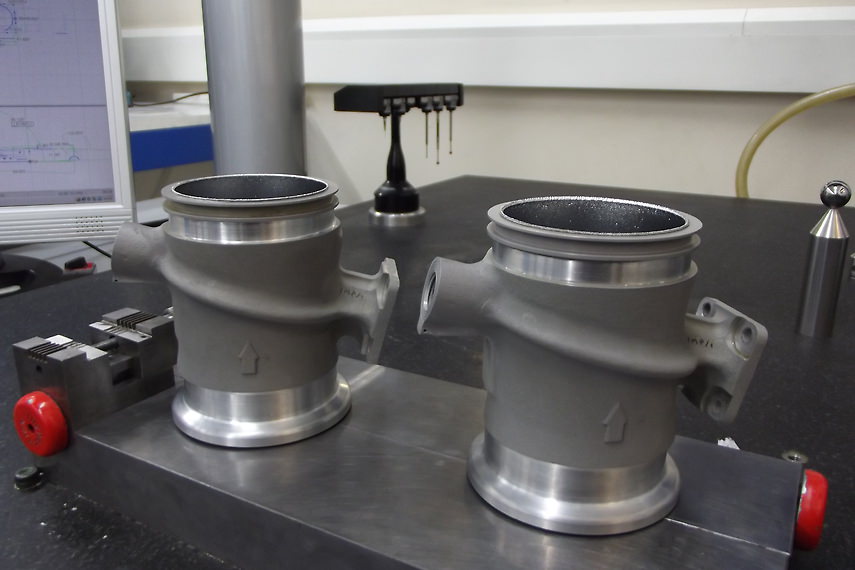Our approach to legacy projects begins with a process of technology transfer. We discover everything we can about the history of the component, acquire any surviving plans, and then analyse all the information in order to generate a viable modern manufacturing process.
One of the key challenges is to create a supply chain that supports manufacturing to original standards; but when old processes are modernised, provenance can be lost, creating a need to re-prove and re-establish validation.
Our advantage in this market is the diversity of our capabilities. By carefully evolving our traditional skills, we have been able to channel our 30 years’ experience into efficient modern methods. In this case we were able to translate the original non-CNC methods into modern CNC machining whilst keeping the original provenance of process in place.
We discover everything we can about the history of the component, acquire any surviving plans, and then analyse all the information in order to generate a viable modern manufacturing process.
Manufacturing the housing involves around 20 separate operations, including external contract work managed by our supply chain specialists. Aluminium casting is carried out using a special high-pressure technique, followed by X-ray inspection to detect any porosity or voids. We then machine the part several times to create the required ports and precise dimensions. After passivating and chrome plating we grind the part to achieve the final fine tolerances.
These are safety-critical components, which require full traceability, recording of dimensions, and process validation. Our quality path captures information internally and externally, so when individual suppliers have left the chain – something that’s inevitable over an extended period of production – we are able to re-source and re-validate with minimal interruption to delivery schedules.
We've channelled 30 years of experience into efficient modern methods.
We operate lean manufacturing with a cellular workplace layout. An incremental training programme keeps all our employees up to date with manufacturing changes.
To help control costs, we use concurrent engineering, considering every stage of the product life-cycle simultaneously. This cross-disciplinary process lengthens the initial planning stages but helps to avoid costly re-engineering further down the line.
Developing the control valve housing was a project that took six months of hard work and investment, but after 20 years we are still making these crucial components, and helping to keep long-serving SAAB aircraft in service.

